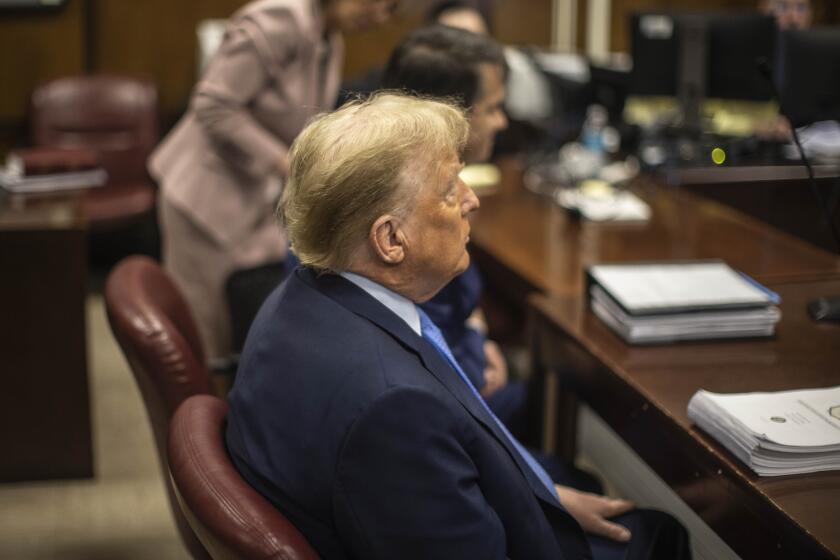Dealing with deficits
The staggering federal deficits of the past two years have added trillions of dollars to the national debt, giving the issue of fiscal responsibility new potency on the campaign trail. Yet the rhetorical fervor hasn’t generated much in the way of real policy proposals; with few exceptions, lawmakers and candidates have gone only so far as to pledge not to touch one or more sacred cows. They’ve also confused the public about the real challenge: It’s not the short-term deficit caused by the unusually deep recession but the long-term shortfalls caused by an aging population and uncontrolled healthcare spending.
Now, think tanks are starting to offer detailed suggestions for how to solve the long-term problem. Among the first were analysts from the Brookings Institution and the New America Foundation, which issued a report last month that calls for numerous sure-to-be-unpopular belt-tightening measures after the economy recovers. It may not prove to be the right blueprint, but it provides a realistic reference point for the difficult decisions to come.
As striking as today’s deficit may be — $1.3 trillion for the fiscal year that ended Sept. 30, according to the Congressional Budget Office — at least it’s shrinking. The problem is that it’s not expected to shrink enough, even with a healthy economy. In a little more than a decade, privately held U.S. debt is projected to exceed the country’s gross domestic product, siphoning off a large portion of the budget for interest payments and potentially damaging the economy.
According to a recent study by the Pew Fiscal Analysis Initiative, Congress would have to cut spending and increase taxes permanently by a whopping 7.5% across the board in 2015 to shrink the debt to an acceptable level (60% of the country’s gross domestic product) within 15 years. The plan by Brookings’ William Galston and New America Foundation’s Maya MacGuineas goes further, offering specific changes in spending, entitlements and taxes to hit the 60% target by 2020. Included are nervy proposals to trim military pay, raise the retirement age, increase Medicare premiums, phase out farm subsidies, cut tax breaks for homeowners and businesses, and impose a new tax on carbon emissions.
It’s worth noting that Galston and MacGuineas don’t try to eliminate the deficit, at least not in the coming decade. Instead, they would shrink it significantly and count on the growing economy to bring the debt-to-GDP ratio back into line. Doing so, however, would still require Congress to cut spending or raise taxes enough to narrow the projected budget gap by $1.1 trillion in 2020, they calculate.
The plan seeks to promote economic growth and preserve the safety net for the poor and the elderly as it slashes the deficit. Yet it is replete with provisions so controversial, it’s a safe bet that Congress won’t do much of what it recommends. Then again, the point of the exercise isn’t to dictate a solution; it’s to show how far lawmakers have to go and the kinds of trade-offs that will have to be made along the way.
Don’t want to delay Medicare eligibility until age 67? Then find another way to save $20 billion a year. Unwilling to trim spending on weapons systems? Come up with an alternative to save that $30 billion. These are big numbers, and they’ll only grow if Congress doesn’t summon the political courage to bring the deficit under control soon.
Other groups, including the Bipartisan Policy Center and a deficit-reduction panel convened by the White House, are slated to offer their own proposals by the end of the year. Congress isn’t likely to embrace any of them in their entirety either, or even to try to tackle the problem in one epic budget deal. With some luck, however, plans such as the one from Galston and MacGuineas will help move lawmakers beyond facile promises to cut “waste, fraud and abuse” and start debating which well-loved oxen to gore.
More to Read
Get the L.A. Times Politics newsletter
Deeply reported insights into legislation, politics and policy from Sacramento, Washington and beyond. In your inbox three times per week.
You may occasionally receive promotional content from the Los Angeles Times.






